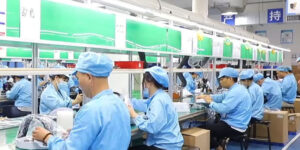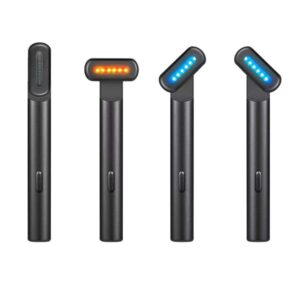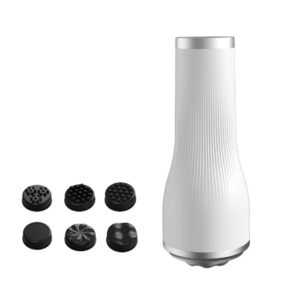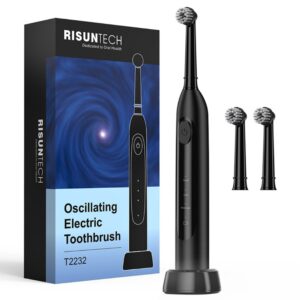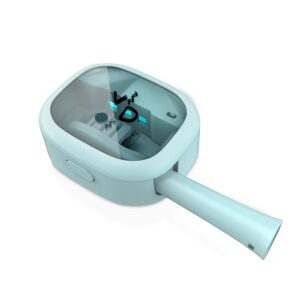Summary
What to Look for in a Beauty Device Manufacturer is a comprehensive guide aimed at helping stakeholders navigate the essential factors to consider when selecting a manufacturer for beauty devices. In an industry characterized by rapid innovation and heightened consumer awareness, choosing the right manufacturer is critical for ensuring product safety, efficacy, and adherence to regulatory standards. Notably, the beauty device market has seen significant growth, driven by evolving consumer preferences for high-quality and effective products, making the selection of a reputable manufacturer more important than ever.
A reputable beauty device manufacturer must prioritize ingredient transparency, safety, and quality control to build consumer trust and comply with regulatory guidelines. This includes disclosing all ingredients used in products, conducting rigorous safety assessments, and maintaining robust quality control processes throughout production. Furthermore, adherence to local and international regulations-such as those set forth by the FDA and the European Commission-is crucial for ensuring that products are safe and marketable, helping to avoid the legal and financial repercussions associated with non-compliance.
In addition to safety and compliance, financial considerations play a vital role in the selection process. The beauty device market is competitive, with pricing strategies significantly impacting consumer purchasing behavior. Manufacturers that offer flexible pricing models, such as subscription services, can better meet the needs of cost-sensitive consumers. Moreover, strong investment activity in the sector indicates investor confidence and a growing market potential, making it essential for manufacturers to remain agile and innovative in their product offerings.
Finally, manufacturers must not only focus on product quality but also engage in corporate social responsibility initiatives to resonate with socially conscious consumers. By prioritizing ethical sourcing and production practices, and fostering customer support and education, manufacturers can enhance their reputation and build long-lasting relationships with consumers. Understanding these multifaceted aspects will empower stakeholders to make informed decisions in a complex and evolving market.
Table of Contents
Factors to Consider
When selecting a beauty device manufacturer, several critical factors must be evaluated to ensure product safety, efficacy, and compliance with industry standards.
Ingredient Transparency
One of the foremost considerations is ingredient transparency. Manufacturers should disclose all ingredients used in their devices, including any fragrance components, allowing consumers to make informed choices about the products they use. This transparency not only fosters consumer trust but also aligns with increasing regulatory demands for clear labeling.
Safety and Quality Control
Safety and quality control are paramount in the cosmetic industry. A reliable manufacturer should have robust quality control practices in place, which include raw material inspection, in-process monitoring, and final product testing. These practices ensure that the products meet predefined quality standards and are safe for consumer use. Additionally, manufacturers should conduct thorough safety assessments prior to marketing their products to comply with regulatory guidelines.
Compliance with Regulatory Standards
Understanding and adherence to regulatory standards is crucial when choosing a manufacturer. Compliance with local and international regulations-such as those set forth by the FDA or the European Commission-ensures that the products are safe and legally marketable. A comprehensive review process of both the formula and labeling according to specific guidelines is essential to assess the safety and conformity of the products.
Ingredient Testing and Stability
The manufacturer should prioritize thorough ingredient testing to evaluate the composition, purity, and allergenic potential of all components used in their devices. Stability testing is also critical to ensure that products maintain their quality and effectiveness over time, particularly under various environmental conditions. This includes accelerated aging studies and compatibility assessments to evaluate how products interact with their packaging.
Corporate Social Responsibility (CSR)
Brands that engage in corporate social responsibility initiatives can enhance their reputation and resonate with socially conscious consumers. Consider whether the manufacturer supports ethical practices in sourcing and production, as well as community involvement through charitable initiatives.
Consumer Expectations and Education
The evolving landscape of consumer expectations necessitates that manufacturers stay informed about trends in safety, efficacy, and sustainability. Educational efforts directed at consumers about ingredient safety and ethical sourcing practices can greatly influence brand loyalty and trust. Manufacturers who prioritize these aspects are more likely to succeed in a competitive market.
By considering these factors, stakeholders can make informed decisions when selecting a beauty device manufacturer that aligns with their quality, safety, and ethical standards.
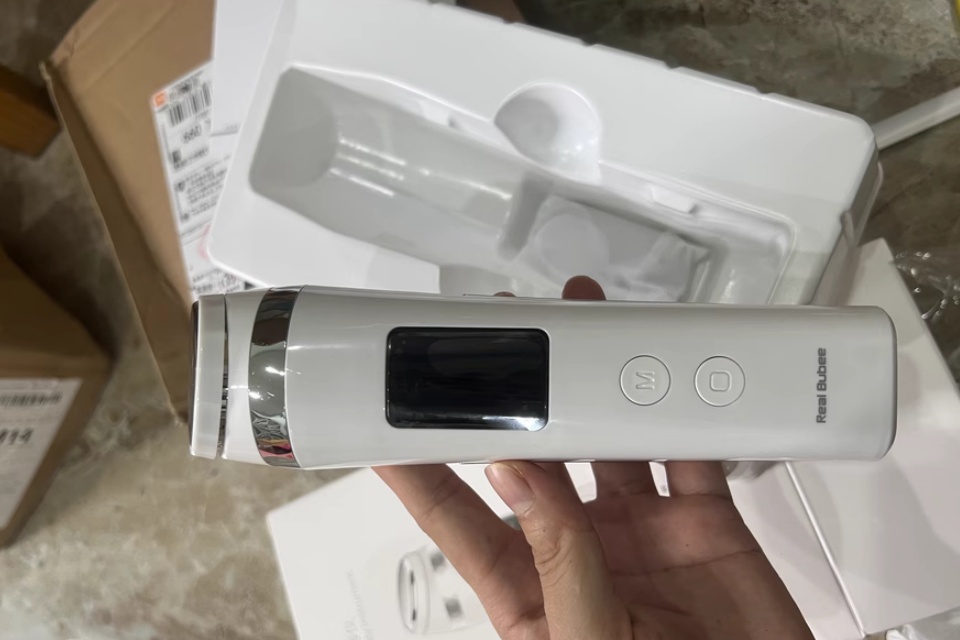
Financial Considerations
The financial landscape surrounding beauty device manufacturing is influenced by various factors, including consumer spending habits, pricing strategies, and investment activities.
Pricing Strategies
Affordability remains a significant concern for many consumers, especially when it comes to smart beauty devices, which are often positioned as premium products. Prices for such devices can range significantly, with basic models starting around $50 and luxury options exceeding $8,800. Manufacturers are increasingly adopting membership programs and subscription models to reduce perceived costs for consumers, providing bundled discounts and payment plans to enhance accessibility.
Consumer Spending Trends
Despite rising costs of living, consumer spending in the medical aesthetics sector remains resilient. A survey by BCG indicates that 85% of consumers across major global markets, including Brazil, China, and the United States, plan to maintain or increase their spending on beauty procedures over the coming year. This suggests a robust market potential for beauty device manufacturers, particularly those who can offer innovative solutions that align with consumer demands.
Investment Activity
Investment in the beauty device sector is notably strong, with private equity and venture capital funds actively pursuing opportunities across various geographic markets and product segments. The United States leads in deal volume, accounting for approximately 60% of all investments, followed by the Asia-Pacific region at about 25%, and Europe at 15%. This influx of capital underscores the confidence investors have in the growth prospects of beauty devices.
Financial Incentives
To facilitate consumer adoption, particularly in a market where pricing may act as a barrier, manufacturers are employing financial incentives such as consumer allowances and loyalty programs. These initiatives aim to attract cost-sensitive consumers, particularly those identified as “deal hunters” who prioritize affordability and convenience in their purchasing decisions.
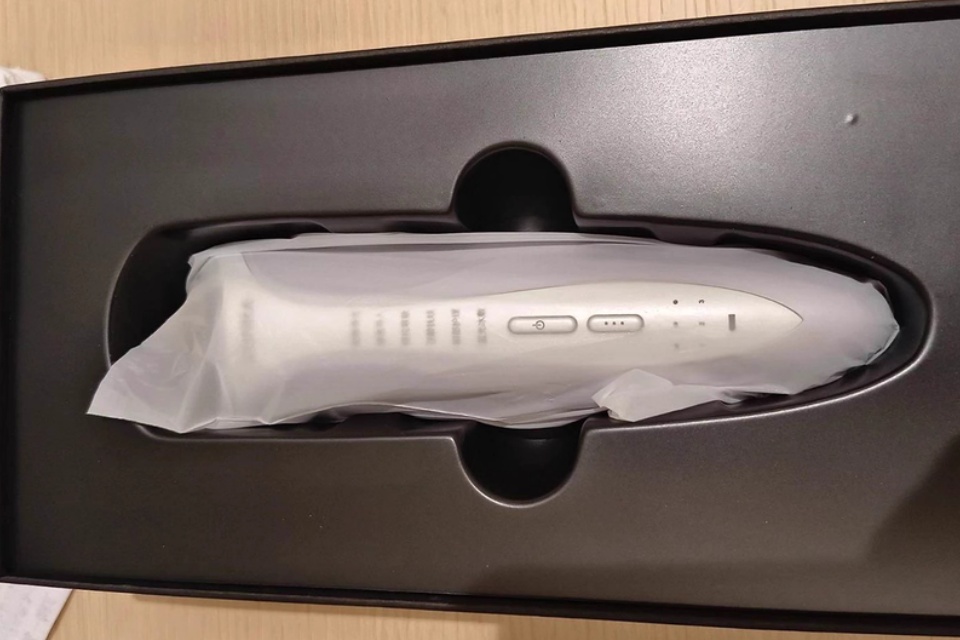
Customer Support and Services
Importance of Reliable Support
Reliable manufacturer support is essential for troubleshooting and maintaining equipment used in the beauty industry. Manufacturers that offer ongoing assistance not only provide peace of mind but also help businesses overcome operational challenges effectively. Furthermore, access to equipment upgrades and software updates ensures that machines remain at the cutting edge, allowing businesses to meet evolving client needs and maintain competitive advantage.
Benefits of Partnering with Established Manufacturers
Working with reputable beauty machine manufacturers presents numerous advantages that contribute to the success and growth of a business. Established manufacturers are known for their commitment to quality, innovation, and strong customer relationships, which can significantly impact long-term business sustainability.
Enhanced Services
One key benefit is the access to high-quality equipment designed for lasting performance. Manufacturers often streamline the entire product certification process, ensuring compliance with safety standards, which can save businesses from the headaches of global certification challenges. Additionally, effective quality control measures minimize the risk of adverse reactions, ensuring that products used in beauty services are safe for consumers.
Engagement and Customization
To foster customer loyalty, manufacturers must actively engage with consumers through feedback channels and social media. This engagement helps manufacturers understand consumer needs and preferences, which can enhance product offerings and lead to better customer satisfaction. Moreover, customization options are increasingly important, as consumers demand products tailored to their individual needs, further solidifying the importance of strong customer support and service relationships.
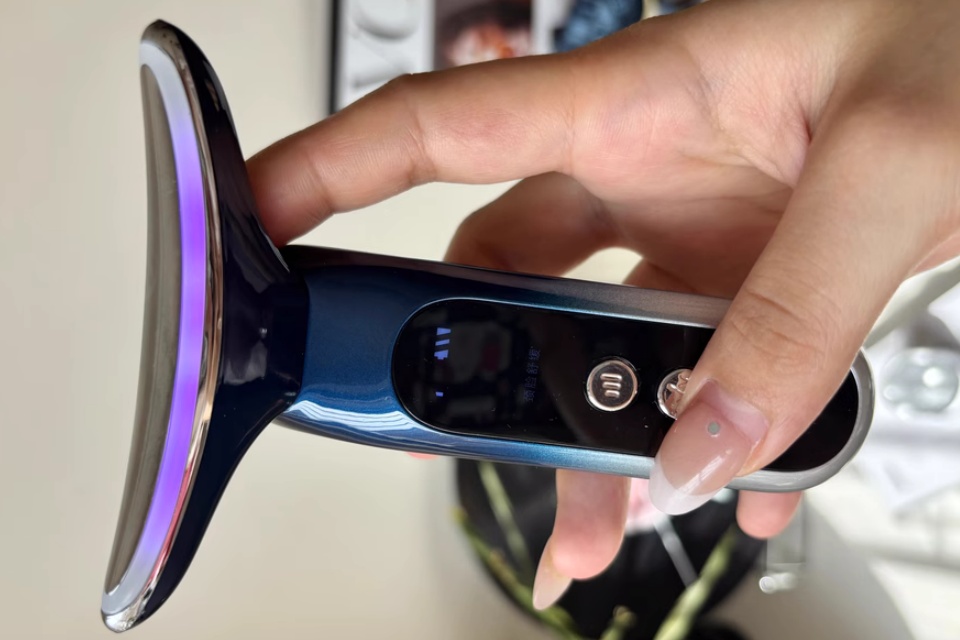
Regulatory Compliance
Regulatory compliance is crucial in the beauty device manufacturing sector, ensuring that products meet safety standards and legal requirements across different regions. In the European Union, for example, the regulatory framework is established under EU Regulation 1223/2009, which mandates that all cosmetic products must comply with specific safety and labeling standards before they can be marketed. A central requirement within this framework is the creation of a Product Information File (PIF), which must include a safety assessment conducted by a qualified professional to confirm that each product is safe for consumer use.
In the United States, the regulatory landscape is defined by the Federal Food, Drug, and Cosmetic Act (FD\&C Act), which stipulates that while cosmetics do not require premarket approval, manufacturers are responsible for ensuring the safety of their products. The FDA does not pre-approve cosmetic products, but companies must ensure that their products are not adulterated or misbranded. Additionally, under the Modernization of Cosmetics Regulation Act (MOCRA), manufacturers must adhere to updated standards that promote sound science and consumer safety. Non-compliance with FDA regulations can result in severe consequences, including product recalls, financial penalties, and reputational damage.
Practitioners and manufacturers must stay informed about regional regulations to ensure compliance, particularly in terms of safety testing and labeling. This includes selecting devices that have been approved by relevant regulatory bodies and maintaining proper documentation throughout the product lifecycle. For instance, manufacturers should work with suppliers who can provide Certificates of Analysis (COA), Material Safety Data Sheets (MSDS), and toxicological data to ensure all ingredients comply with safety standards.
To further enhance compliance, companies should adopt a proactive approach by aligning their ingredient sourcing and labeling practices with international regulations like REACH in the EU and TSCA in the U.S. Understanding and adapting to these evolving regulations not only mitigates risks but can also unlock new market opportunities, making compliance a strategic imperative for success in the beauty device industry.
Consequences of Non-Compliance
Failure to comply with regulatory standards in the beauty device manufacturing sector can lead to significant repercussions for practitioners and businesses. These consequences can manifest in various forms, affecting not only the financial viability of the practice but also the safety of clients and the overall reputation of the brand.
Legal and Financial Repercussions
Practitioners who do not adhere to established regulations face the risk of legal liability. Utilizing unapproved or improperly maintained devices can result in injuries to clients, exposing practitioners to lawsuits and claims for damages. In addition to potential legal fees and settlements, businesses may incur fines and penalties imposed by regulatory bodies for non-compliance. Such financial burdens can be detrimental, particularly for small businesses that may not have the resources to absorb unexpected costs.
Impact on Client Safety
The foremost concern of non-compliance is the safety of clients undergoing aesthetic treatments. Regulatory standards are designed to minimize risks associated with the use of beauty devices, including the possibility of burns, scarring, and other adverse effects. When practitioners fail to comply with these standards, they increase the likelihood of negative outcomes for clients, which can lead to serious health implications and loss of trust in the practitioner.
Damage to Professional Credibility
Non-compliance can also severely damage a practitioner’s professional credibility. Clients expect high standards of care and safety, and when these are compromised, it can lead to reputational damage that is difficult to recover from. A tarnished reputation may result in decreased client trust and loyalty, ultimately impacting the success and longevity of the practice.
Regulatory Scrutiny and Operational Challenges
Additionally, businesses found to be non-compliant may face increased scrutiny from regulatory bodies. This can lead to more frequent inspections and audits, which may disrupt daily operations and divert resources away from providing quality services to clients. The burden of constantly managing compliance issues can distract practitioners from their core responsibilities and may lead to a decline in service quality.


